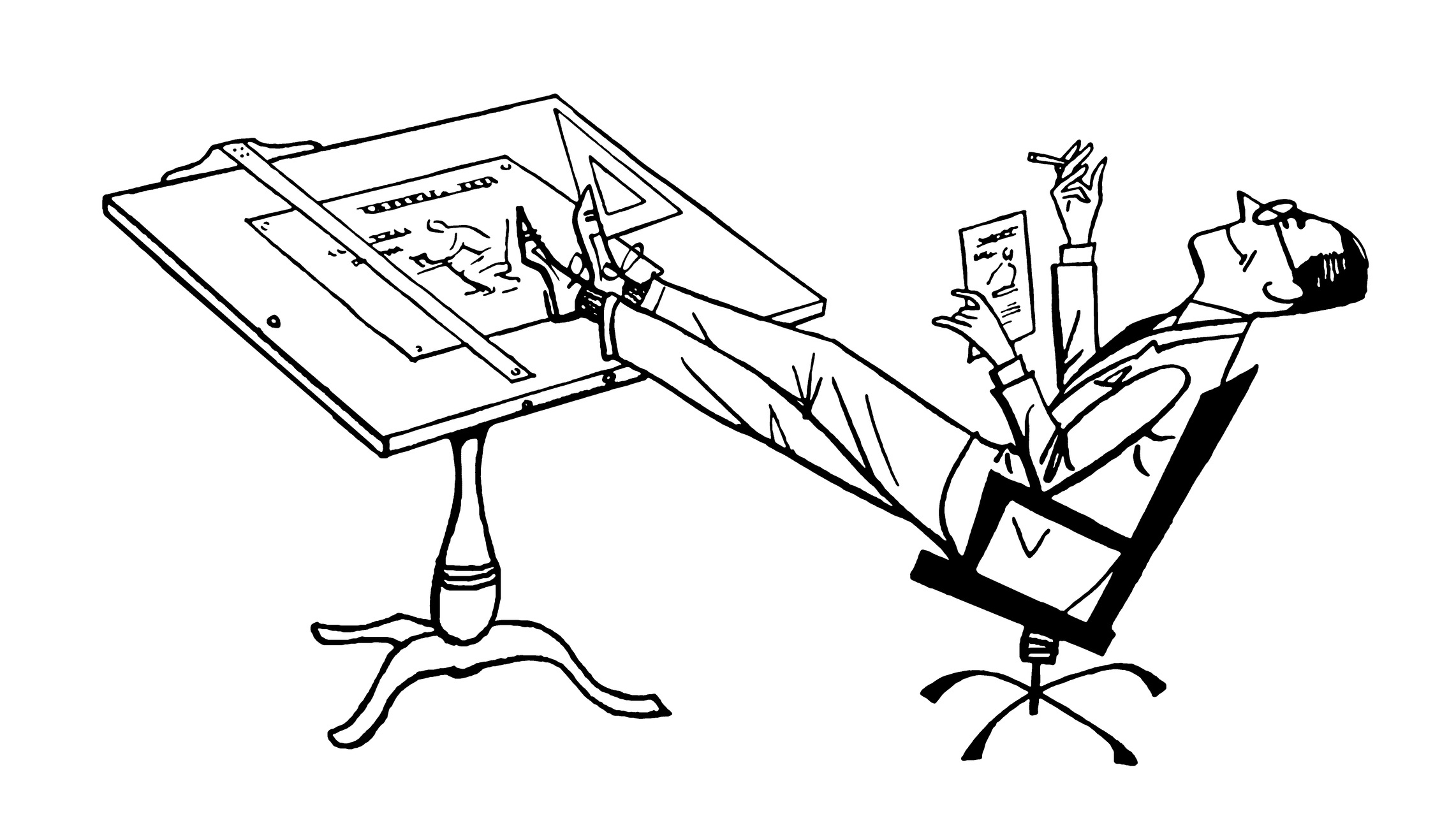
History of Drafting Tables and Why They Have Tilting Tops
Good drafting tables are indispensable to many architecture, and art students as well as professionals. They are specialized tables having an angle adjustable top that can be raised from flat to a set angle or an angle in between. There is a lip or pencil ledge running along the stationery edge that allows you to rest pencils, pens, and other drawing implements. The lip also keeps the artwork, designs, or blueprints in place when the tabletop is at an angle. Just as many artists and designers are rediscovering the joy of drawing, there’s also been increasing interest in traditional drafting desks.
The origin of drafting tables goes back to the 17th century. More commonly known as drawing boards at that time, you would find these drawing boards in a gentleman’s study or library.
During the Industrial Revolution, draftsmanship gradually became a specialized trade, and drawing tables slowly moved out of residential libraries and offices. They became more utilitarian and were built of steel and plastic instead of fine woods and brass, making them more durable and less expensive.
While early drafting tables remained solidly in the domain of architects and engineers, that’s no longer the case today. As the maker movement and online sales directly from artists has taken hold across the nation, there is driving demand for equipping maker spaces with drafting tables for their versatility. The large tops, when used in the flat position, provide ample space projects. Many are also height adjustable as well so you can work in a standing position.
SO WHY THE TILTING TOP?
Why is the work surface of a drafting table tilted? Is it because it’s more comfortable? Or is it something else?
The tilt is necessary to allow for closer inspection of detailed areas that would otherwise be far away from our eyes and hands if located on a flat surface.
Tilting the work surface is also necessary to accommodate our eye’s visual perception of perspective and foreshortening. If you’ve ever taken a life drawing class, you may be aware of the subtle disadvantages of drawing on a flat, horizontal surface. Drawings created this way will have a tendency towards incorrect, exaggerated perspective in the vertical direction — for example, in a life drawing, the heads will be too tall, especially towards the top of the drawing.
Drawing is largely about how we see and understand objects. The marks that are made are important as well, but knowing how to see as an artist is paramount. When we observe the subjects and objects that we draw, we typically view them from a 90-degree angle. In other words, we position our head to view them directly. This is especially true when we are drawing subjects from life, instead of from a photo reference.
We then go to the drawing surface, remembering what we have seen, and make marks to reflect our observations. This, in essence, is the process of drawing. The problem arises when we start making marks on the drawing surface. Because we are working on a flat surface, the angle in which we view the paper is different from the angle that we viewed the subject. This change in viewpoint changes all of the angles that we perceive as we make marks, if only slightly. But slight variations in angles can lead to major distortion.
Drawing, painting, or sketching on a tilted work surface helps eliminate this visual perception problem, which is why artists have worked from easels for centuries — even before the development of the early drawing board and drafting table.
Is there a “preferred” standard angle for drafting tables? The more vertical the work surface, the easier it is to stand up and step back to check your work. Some prefer to work at a 45-degree angle or more, while others find 30 – 40 degrees to be ideal.
References:
Adriana Noton-A Brief History of Drafting Tables, April 06, 2011
Matt Fussell-Drawing on a Flat or Tilted Surface-Which is Best,
Formaspace- Why Drafting Tables Are Still Important Today, September 12, 2017
